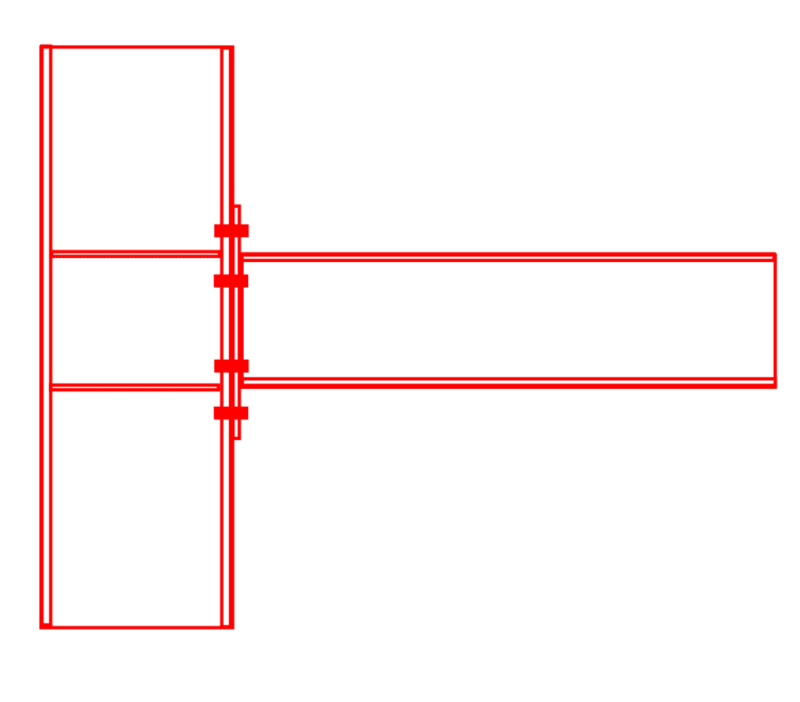JoanWill
Structural
- Oct 4, 2019
- 15
Hi,
I have this I section steel beam to I section steel column using bolted moment connection.
I am wondering what happens if this moment connection fails? For the structure itself, shear connection is okay, but for some reason it is designed as moment connection but don't have enough moment capacity.
I have this I section steel beam to I section steel column using bolted moment connection.
I am wondering what happens if this moment connection fails? For the structure itself, shear connection is okay, but for some reason it is designed as moment connection but don't have enough moment capacity.


